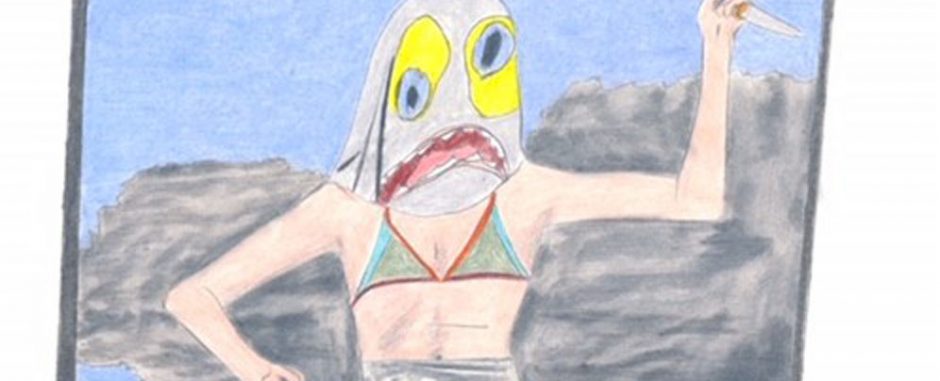We are thrilled to be the purveyor and promoter of books created by the London-based independent art publisher, common-editions. Nadine Monem is the artful energy behind all this. She is savvy with bags of previous experience in the field of public sector commercial art book publishing. So, now she’s gone solo (and experimental) we wanted to know the hows and whys of her practice.
Nadine, previous to setting-up common-editions you worked in the Hayward Gallery publishing team, making exhibition catalogues and books on the Arts Council collections, etc. In what ways has this experience informed what you do now?
“Having worked in trade art publishing for a decade, I was very lucky to land within a supportive and inspiring team at the Hayward Gallery, working alongside curators and a director who had a huge appetite for risk and experimentation — which allowed me to get closer to my increasingly urgent interest in books made by (not about) artists. Not only did I get the chance to collaborate with some of the most exciting artists working today (Tracey Emin, Pipilotti Rist, David Shrigley, Roger Hiorns, Martin Creed, Grayson Perry to name a few), but I was also able to push the book form to its limits in many ways, demonstrating that books can be precious, useful, challenging and commercially viable all at the same time. That was a special time at Hayward Publishing, and I still look fondly on those days.”
When you make a book, how involved is the artist in the creative process? What’s the dynamic of the publisher–artist relationship like?
“The books are devised entirely by the artists we work with. common-editions provides support, perspective, resources and friendship. We do our best not to interfere with the artist’s intentions, and only weigh into creative decisions when it is helpful for the artist to have that sort of support, or if we think that certain pivots in strategy might increase the reach of the work or clarify the intention of the artist. Of course in order to take this approach, we choose the artists we work with very carefully. We have to really be behind the work otherwise the whole project falls down.”
Where do the artists’ limited editions and multiples belong in the ethos of what you do?
“We generally release an edition or multiple with an artist 6-12 months before their book is published. This is for a few reasons — one: to fundraise for the production of the artist’s book (allowing us more freedom with scale and materials), two: to give us an opportunity to get out and talk about the artist, to start meeting people and discussing the work, and three: to offer an affordable route to collecting really good work for people who might not have the resources to buy work through the mainstream art market.”
Artist’s books often exist as an alternative, more liberating and accessible creative space to the gallery system. Are there any historical precedents of this art form in particular that have inspired your work?
“Of course Ed Ruscha and Joseph Beuys are the artists people often think about when they think about artist’s books. Their work was a foundation to this art-form. I am a huge fan of book works by artists like Fiona Banner, Broomberg & Chanarin, and I think Four Corners Books have a really special list. We also take our inspiration from other printed matter, such as particular forms of mail art, archive and ephemera, zines and political pamphlets.”
How does common-editions strike a balance between commercially viable publishing (such as, The Creative Stance) and more experimental, niche artist books (such as, Marie Jacotey: Dear Love…)?
“We sometimes depart from our usual practice to make books with several artists, such as The Future is Already Here — It’s Just Not Evenly Distributed or, The Creative Stance. These sometimes have a slightly wider commercial appeal, because they usually contain work by artists with established support. Of course there has to be a balance across any list, but even with our larger publications we stay close to our experimental stance, and try to push our collaborators to take creative risks where possible.”
How important is collaboration in the common-editions vision?
“Collaboration is everything at common-editions, it is central to the way we do things.”
If you could offer one piece of advice for a budding young art book publisher, what would it be?
“Think about the book form, and don’t take it for granted. Information can be disseminated in a multitude of ways, so there must be a good reason why you are committing ink to paper. Take risks, trust your audience, trust your collaborators, don’t be afraid to say yes, but don’t be afraid to say no either!”
As for the future of common-editions publishing, what’s coming next? Can you treat us to an exclusive?!
“We have had a bit of a cultural sharpening here at common-editions recently, and have made some big changes to the way we engage artists. We aren’t in a position to announce anything just yet (soon!), but we have been have been enjoying the company of some pretty phenomenal artists recently, including Sophia Al Maria, Jala Wahid, Lauren Godfrey and Patrick Staff.”
Nadine, you’re such a tease! Thanks for entertaining us with your bookish wisdom.
Picture credit: (detail) from Marie Jacotey: Dear Love Who Should Have Been Forever Mine, 2015.


